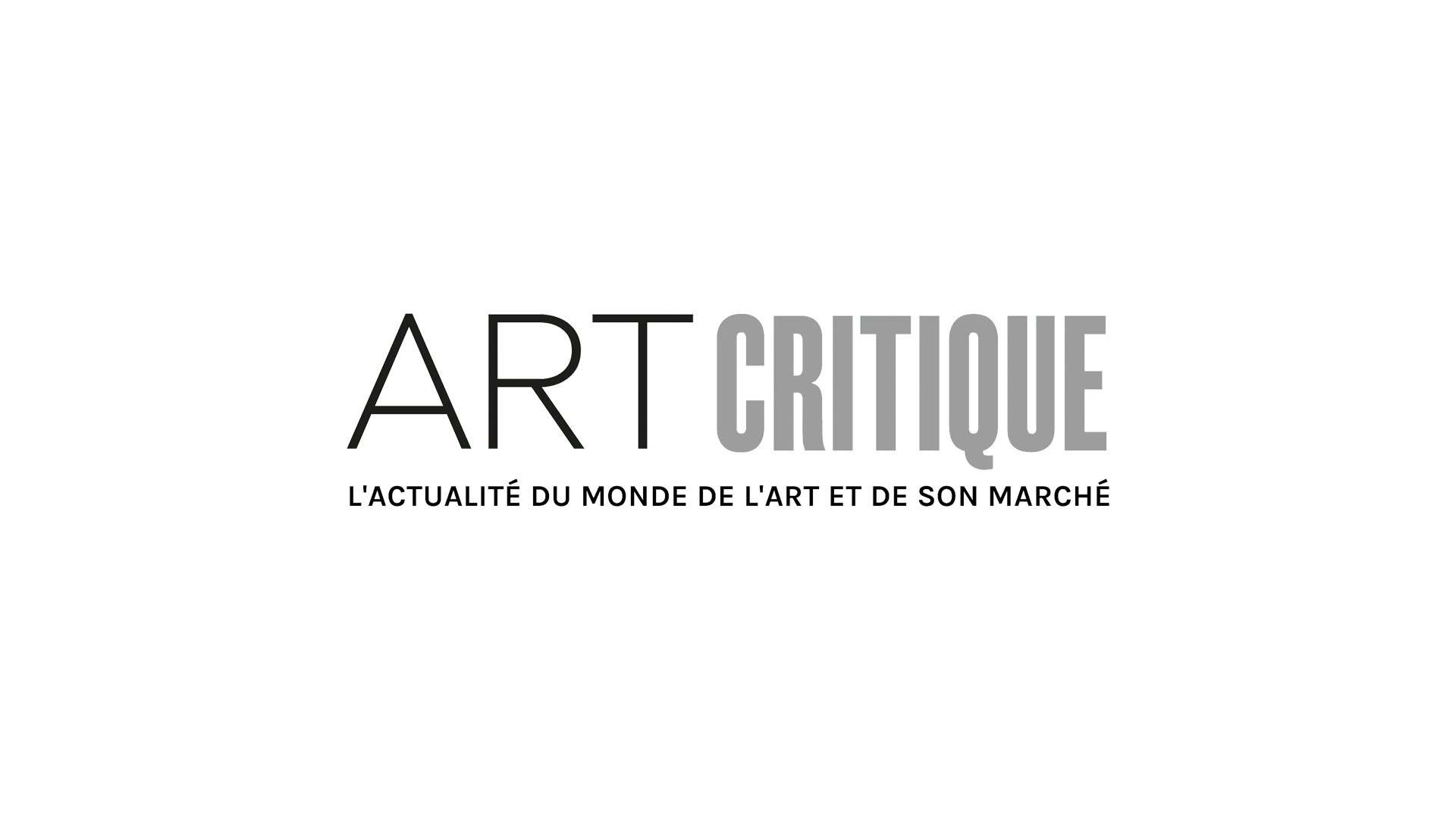In an exhibition of works by Michelangelo (1475-1564), entitled ‘Michelangelo: Mind of the Master,’ a loan of drawings that were once a part of Queen Christina of Sweden’s (1626-1689) collection are the centrepiece. Having opened just a few days ago, the exhibition boasts more than 50 drawings by one of the best-known Italian Renaissance Masters that give insight into his guarded creative process.
The exhibition is the result of a collaboration between the Cleveland Museum of Art and Los Angeles’ J. Paul Getty Museum in conjunction with the Teylers Museum in Haarlem, the Netherlands. After ‘Mind of the Master’ exhibits at the Cleveland Museum of Art, it will head to the J. Paul Getty Museum. The loan is significant for the Teylers Museum, which opened in 1784 and is currently undergoing renovations. Since it acquired the works from Queen Christina’s collection of more than 2,000 works of art in 1790, the drawings have more or less stayed at the museum and they’ve never come to the US before. The Teylers Museum even turned down loaning the works to the Metropolitan Museum of Art in New York for their 2018 blockbuster ‘Michelangelo: Divine Draftsman and Designer,’ which helped the museum break attendance records. ‘The Met really wanted them,’ said Heather Lemonedes, deputy director and chief curator of the Cleveland Museum of Art to artnet News. ‘But the Teylers Museum didn’t want their Michelangelo collection to get lost in the shuffle of the big Met show.’
‘Mind of the Master’ seeks to highlight Michelangelo’s creative process. Though he meticulously drew as many as 20,000 drawings during his career, he burned much of his notes and today, only about 600 known drawings of his have survived. He obsessively studied the human body, famously working with cadavers to better understand human anatomy. ‘Michelangelo valued his drawings tremendously, but he was also quite private about them,’ continued Lemonedes. ‘He didn’t want people stealing his ideas, and he didn’t necessarily want people to know that he labored over the creative process. He wanted to it to appear as if these sculptures and frescos just popped out of his being fully formed, without any blood, sweat, and tears.’
Included in the exhibition are preparatory works for a number of Michelangelo’s biggest claims to fame including the Sistine Chapel ceiling as well as statues commissioned by Pope Leo X and the Medici tombs. In addition to these, sketches for an unrealized fresco titled Battle of Cascina that was intended for the Palazzo Vecchio in Florence are included in the exhibition as are architectural studies Michelangelo made for the dome of St. Peter’s in Rome, which he worked on until his death.
Together, the works show a more intimate and personal side to Michelangelo’s career, one that is sometimes lost when looking at the major works he accomplished. ‘Mind of the Master,’ thus, stands to epitomize how his drawings were essentially, to quote Lemonedes, ‘like a diary or a journal.’
‘Michelangelo: Mind of the Master’ is on view at the Cleveland Museum of Art between September 22, 2019 and January 5th, 2020. The exhibition will then travel to the J. Paul Getty Museum in Los Angeles where it will exhibit between February 25th and June 7th of next year.





